Home>Gardening & Outdoor>Landscaping Ideas>What Makes St Augustine Grass Turn Yellow


Landscaping Ideas
What Makes St Augustine Grass Turn Yellow
Modified: May 6, 2024
Learn effective landscaping ideas to prevent and treat yellowing in St Augustine grass. Discover expert tips to maintain a healthy, vibrant lawn.
(Many of the links in this article redirect to a specific reviewed product. Your purchase of these products through affiliate links helps to generate commission for Storables.com, at no extra cost. Learn more)
**
Introduction
**
St. Augustine grass is a popular choice for lawns due to its lush, green appearance and ability to thrive in warm climates. However, like any plant, St. Augustine grass is susceptible to various issues that can affect its health and appearance. One common concern among homeowners and landscapers is the yellowing of St. Augustine grass. This phenomenon can be a source of frustration and confusion, especially for those who take pride in maintaining a vibrant and verdant lawn.
Understanding the reasons behind the yellowing of St. Augustine grass is crucial for effective lawn care and maintenance. By identifying the potential causes and implementing appropriate remedies, it is possible to restore the grass to its former glory and prevent future instances of yellowing. In this comprehensive guide, we will delve into the various factors that can contribute to the yellowing of St. Augustine grass, ranging from environmental influences to nutrient deficiencies, pest infestations, and maintenance practices. By gaining a deeper understanding of these factors, homeowners and landscaping enthusiasts can equip themselves with the knowledge and strategies needed to nurture healthy, vibrant St. Augustine grass. Let's embark on this enlightening journey to uncover the mysteries of yellowing St. Augustine grass and discover effective solutions to restore its natural beauty.
Key Takeaways:
- St. Augustine grass turns yellow due to factors like extreme heat, drought, nutrient deficiencies, pests, and improper maintenance. Understanding and addressing these issues can restore the grass to its vibrant green color.
- To treat and prevent yellowing, homeowners can conduct soil tests, apply balanced fertilizers, manage pests and diseases, practice proper lawn care, and optimize watering. These proactive measures promote healthy, resilient St. Augustine grass.
Read more: Why Is My St. Augustine Grass Turning Yellow
Understanding St Augustine Grass
St. Augustine grass, scientifically known as Stenotaphrum secundatum, is a warm-season turfgrass prized for its dense, lush growth and rich green hue. This grass variety thrives in subtropical and tropical regions, making it a popular choice for lawns in coastal areas and warm, humid climates. Its broad, flat blades and rapid horizontal growth habit contribute to its appeal as a ground cover that can create a thick, carpet-like lawn.
One of the distinctive characteristics of St. Augustine grass is its shade tolerance, making it an excellent option for lawns with partial shade or areas that receive filtered sunlight. Additionally, this grass variety exhibits a remarkable ability to recover from damage and establish a dense turf, making it resilient in the face of foot traffic and other stressors.
However, despite its resilience and adaptability, St. Augustine grass is not immune to issues that can impact its health and appearance. Understanding the specific traits and growth patterns of St. Augustine grass is essential for effective lawn care and maintenance. By familiarizing oneself with the unique characteristics of this grass variety, homeowners and landscapers can better identify signs of distress and implement targeted solutions to address any concerns that may arise.
As we explore the potential causes of yellowing in St. Augustine grass, it is important to recognize the fundamental attributes of this turfgrass, including its growth habits, preferred growing conditions, and common challenges it may face. By gaining a deeper understanding of St. Augustine grass, we can approach the issue of yellowing with insight and expertise, paving the way for informed decision-making and successful lawn management.
Common Causes of Yellowing
When St. Augustine grass begins to exhibit a yellowish tint, it is essential to investigate the potential factors contributing to this discoloration. Several common causes can lead to the yellowing of St. Augustine grass, ranging from environmental influences to nutrient deficiencies, pest infestations, and improper maintenance practices. By pinpointing the underlying reasons for the yellowing, homeowners and landscapers can take targeted measures to address the issue and restore the grass to its vibrant green state.
Let’s explore the primary factors that can contribute to the yellowing of St. Augustine grass:
Environmental Factors
Environmental stressors, such as extreme heat, drought, or excessive moisture, can trigger yellowing in St. Augustine grass. Prolonged exposure to intense sunlight without adequate hydration can lead to heat stress, causing the grass blades to lose their vibrant green color. Conversely, overwatering or poor drainage can create waterlogged conditions that suffocate the roots and result in yellowing or browning of the grass.
Nutrient Deficiency
Inadequate levels of essential nutrients, particularly nitrogen, iron, and potassium, can manifest as yellowing in St. Augustine grass. Nitrogen deficiency, in particular, can lead to pale or yellowish turf, as this nutrient is crucial for healthy leaf and stem development. Similarly, insufficient iron or potassium can impact the grass’s ability to maintain its vibrant green color, signaling the need for targeted fertilization and soil amendments.
Pest and Disease Infestation
Infestations by pests such as chinch bugs, armyworms, or grubs can damage St. Augustine grass, causing it to turn yellow or brown in patches. Additionally, fungal diseases like brown patch or take-all root rot can contribute to discoloration and decline in turf health. Identifying and addressing pest and disease issues promptly is essential for preventing further damage and restoring the grass’s vitality.
Improper Maintenance
Factors such as mowing at incorrect heights, using dull mower blades, or applying excessive herbicides can stress St. Augustine grass and lead to yellowing. Improper maintenance practices can weaken the grass’s resilience and contribute to its diminished aesthetic appeal. By adhering to proper lawn care techniques and schedules, homeowners can mitigate the risk of yellowing and promote the overall health of their St. Augustine grass.
By recognizing these common causes of yellowing in St. Augustine grass, homeowners and landscapers can take proactive measures to address the underlying issues and rejuvenate their lawns. In the following sections, we will delve into effective strategies for treating and preventing yellowing, empowering individuals to nurture vibrant, thriving St. Augustine grass.
Environmental Factors
Environmental factors play a significant role in the health and appearance of St. Augustine grass, and they can contribute to the yellowing of the turf under certain conditions. Understanding the impact of environmental stressors is crucial for maintaining vibrant, resilient grass that can withstand various challenges.
Extreme Heat:
St. Augustine grass is known for its preference for warm climates, but prolonged exposure to extreme heat can cause the grass to exhibit signs of stress, including yellowing. During periods of intense heat, the grass may struggle to maintain its vibrant green color, especially if adequate hydration is not provided. To mitigate heat-related yellowing, homeowners can implement measures such as deep, infrequent watering to promote healthy root development and resilience in the face of high temperatures.
Drought Stress:
Insufficient moisture due to drought conditions can lead to yellowing and wilting in St. Augustine grass. When the grass experiences water scarcity, it redirects its resources to prioritize essential functions, often resulting in a loss of color and vitality. To combat drought-induced yellowing, homeowners can adjust their watering schedules to ensure that the grass receives adequate hydration, especially during dry spells. Additionally, applying a layer of organic mulch can help retain soil moisture and protect the grass from the effects of prolonged drought.
Excessive Moisture:
While adequate hydration is essential for the health of St. Augustine grass, excessive moisture can lead to yellowing and other issues. Poor drainage or overwatering can create waterlogged conditions that suffocate the grass roots, impeding their ability to uptake nutrients and oxygen. This can result in yellowing, wilting, and an overall decline in turf health. To address excessive moisture-related yellowing, improving soil drainage and adjusting watering practices can help restore the grass to its vibrant green state.
By recognizing the influence of environmental factors on St. Augustine grass, homeowners can take proactive steps to mitigate the impact of extreme heat, drought, and excessive moisture. Implementing targeted strategies to support the grass’s resilience in the face of environmental stressors is essential for maintaining a lush, vibrant lawn that enhances the beauty of outdoor spaces.
Nutrient Deficiency
Nutrient deficiency can significantly impact the health and appearance of St. Augustine grass, potentially leading to yellowing and diminished vitality. Understanding the role of essential nutrients and identifying signs of deficiency is crucial for addressing yellowing and promoting the overall well-being of the turf.
Nitrogen Deficiency:
Nitrogen is a key nutrient for promoting healthy leaf and stem development in St. Augustine grass. A deficiency in nitrogen can manifest as pale or yellowish turf, indicating the grass’s struggle to maintain its vibrant green color. To address nitrogen deficiency-related yellowing, homeowners can apply a nitrogen-rich fertilizer specifically formulated for St. Augustine grass, following recommended application rates and scheduling to support healthy growth and coloration.
Iron Deficiency:
Insufficient iron levels can result in yellowing of St. Augustine grass, as iron plays a vital role in chlorophyll production and overall plant vigor. Yellowing caused by iron deficiency often presents as interveinal chlorosis, where the areas between the leaf veins turn yellow while the veins remain green. Applying iron supplements or chelated iron products can effectively address this deficiency and restore the grass’s natural coloration.
Potassium Deficiency:
Potassium is essential for promoting stress tolerance and overall plant health in St. Augustine grass. A lack of potassium can lead to yellowing, especially during periods of environmental stress or rapid growth. By incorporating potassium-rich fertilizers into the lawn care regimen, homeowners can bolster the grass’s resilience and mitigate the risk of potassium-related yellowing.
By addressing nutrient deficiencies through targeted fertilization and soil amendments, homeowners can revitalize yellowing St. Augustine grass and promote its long-term health and vibrancy. Additionally, conducting soil tests to assess nutrient levels and pH can provide valuable insights for developing a customized nutrient management plan tailored to the specific needs of the lawn.
Yellowing of St. Augustine grass can be caused by nutrient deficiencies, such as lack of iron or nitrogen. To prevent this, make sure to fertilize regularly with a balanced fertilizer and address any soil pH imbalances.
Read more: What Grass To Mix With St. Augustine
Pest and Disease Infestation
Pest infestations and diseases can pose significant threats to the health and appearance of St. Augustine grass, potentially leading to yellowing, browning, and patchy areas of decline. Identifying common pests and diseases that affect this turfgrass variety is essential for implementing targeted control measures and preserving the lush, green aesthetic of the lawn.
Pest Infestations:
Chinch bugs, armyworms, and grubs are among the pests that can damage St. Augustine grass, causing it to turn yellow or brown in localized areas. These pests feed on the grass blades and stems, disrupting the plant’s ability to maintain its vibrant color and vigor. Regular monitoring for signs of pest activity, such as thinning turf, irregular patches of discoloration, or the presence of adult insects, can help homeowners detect infestations early and take appropriate action to mitigate their impact.
Disease Outbreaks:
Fungal diseases, including brown patch and take-all root rot, can contribute to the yellowing and decline of St. Augustine grass. These diseases often thrive in humid, warm conditions, posing a risk to the turf during periods of high moisture and reduced air circulation. Symptoms of fungal diseases may include yellowing, thinning turf, and the presence of discolored patches with characteristic patterns. Implementing cultural practices such as proper watering, adequate spacing between grass plants, and promoting good air circulation can help reduce the risk of fungal diseases and their associated yellowing effects.
By promptly addressing pest infestations and disease outbreaks, homeowners can safeguard the health and visual appeal of their St. Augustine grass. Integrated pest management strategies, including targeted insecticide applications and cultural practices that promote disease resistance, can contribute to the long-term well-being of the turf and mitigate the risk of yellowing due to pest and disease-related stress.
Improper Maintenance
Improper maintenance practices can exert a detrimental impact on the health and appearance of St. Augustine grass, potentially leading to yellowing and diminished vitality. By understanding the potential pitfalls associated with maintenance routines, homeowners can adopt proactive measures to promote the resilience and lush green coloration of their turf.
Mowing at Incorrect Heights:
Improper mowing heights can stress St. Augustine grass and contribute to yellowing. Mowing the grass too short can impede its ability to photosynthesize and maintain healthy growth, leading to a weakened, discolored appearance. Conversely, allowing the grass to grow excessively tall between mowing sessions can result in a thatch buildup and hinder nutrient uptake, impacting the grass’s color and vigor. Adhering to the recommended mowing height for St. Augustine grass, typically ranging from 2.5 to 4 inches, can promote healthy, vibrant turf and mitigate the risk of yellowing.
Using Dull Mower Blades:
Dull mower blades can tear and bruise the grass blades, creating jagged edges that are more susceptible to moisture loss and disease infiltration. This can lead to yellowing and a lackluster appearance in the turf. Regularly sharpening mower blades or replacing them when necessary can ensure clean, precise cuts that promote the grass’s overall health and aesthetic appeal.
Excessive Herbicide Application:
Overapplication of herbicides or the use of inappropriate herbicide products can stress St. Augustine grass and contribute to yellowing or browning. Herbicide misuse can compromise the grass’s resilience and disrupt its natural coloration, leading to an unsightly appearance. Following manufacturer recommendations for herbicide application rates and timing, as well as exercising caution to prevent herbicide drift onto the turf, can help maintain the grass’s vibrancy and minimize the risk of yellowing due to herbicide-related stress.
By adhering to proper mowing practices, maintaining sharp mower blades, and exercising caution when applying herbicides, homeowners can mitigate the risk of yellowing in St. Augustine grass and promote a lush, vibrant lawn that enhances the beauty of outdoor spaces.
How to Treat and Prevent Yellowing
Effectively addressing yellowing in St. Augustine grass involves a combination of targeted treatments and proactive measures to promote the grass’s resilience and overall health. By implementing a comprehensive approach that addresses the underlying causes of yellowing, homeowners can restore the vibrancy of their turf and establish a foundation for long-term vitality.
Soil Testing and Fertilization:
Conducting soil tests can provide valuable insights into the nutrient levels and pH of the soil, guiding the development of a customized fertilization plan tailored to the specific needs of St. Augustine grass. Addressing nutrient deficiencies through the application of balanced fertilizers, including nitrogen, iron, and potassium, can help restore the grass’s natural coloration and promote healthy growth. Following recommended fertilization schedules and application rates is essential for optimizing nutrient uptake and minimizing the risk of yellowing.
Pest and Disease Management:
Regular monitoring for signs of pest infestations and disease outbreaks is crucial for early detection and intervention. Implementing integrated pest management strategies, including targeted insecticide applications and cultural practices that promote disease resistance, can mitigate the risk of yellowing due to pest and disease-related stress. Additionally, promoting good air circulation, proper watering practices, and adequate spacing between grass plants can contribute to a healthy, disease-resistant turf.
Proper Lawn Care Techniques:
Adhering to proper lawn care practices, including mowing at the recommended heights, maintaining sharp mower blades, and exercising caution when applying herbicides, can help prevent stress-related yellowing in St. Augustine grass. By promoting healthy growth habits and minimizing unnecessary stressors, homeowners can nurture lush, vibrant turf that enhances the visual appeal of their outdoor spaces.
Optimizing Watering Practices:
Establishing a consistent watering schedule that provides the grass with adequate hydration while avoiding waterlogged conditions is essential for preventing yellowing due to environmental stress. Deep, infrequent watering can encourage robust root development and resilience in the face of drought and heat, while promoting good soil drainage can mitigate the risk of excessive moisture-related yellowing.
By integrating these proactive measures and targeted treatments, homeowners can effectively treat yellowing in St. Augustine grass and establish a foundation for long-term prevention. Cultivating a deep understanding of the grass’s unique needs and vulnerabilities is key to nurturing a vibrant, resilient lawn that flourishes in its natural beauty.
Conclusion
Yellowing in St. Augustine grass can be a cause for concern, but with a deeper understanding of the potential factors contributing to this issue, homeowners and landscapers can take proactive steps to address the underlying causes and restore the grass to its vibrant, lush state. By recognizing the influence of environmental factors, nutrient deficiencies, pest infestations, and improper maintenance practices, individuals can develop targeted strategies to treat and prevent yellowing, ultimately nurturing healthy, resilient turf that enhances the beauty of outdoor landscapes.
Embracing a holistic approach that encompasses soil testing and customized fertilization, integrated pest and disease management, proper lawn care techniques, and optimized watering practices empowers homeowners to cultivate vibrant, thriving St. Augustine grass. By fostering a deep connection with the unique traits and growth patterns of this warm-season turfgrass, individuals can embark on a journey of informed decision-making and attentive stewardship, guiding their lawns toward sustained health and beauty.
As stewards of outdoor spaces, homeowners play a pivotal role in nurturing the natural splendor of St. Augustine grass, transforming landscapes into inviting retreats that captivate the senses. By embracing the art and science of lawn care, individuals can cultivate a harmonious partnership with the grass, fostering an environment where its inherent resilience and allure can flourish.
In the pursuit of vibrant, verdant lawns, the journey to treat and prevent yellowing in St. Augustine grass serves as a testament to the transformative power of knowledge, care, and dedication. By embarking on this enlightening journey, individuals can cultivate outdoor sanctuaries that celebrate the timeless beauty of nature, inviting moments of tranquility and connection amid the emerald embrace of thriving St. Augustine grass.
Curious about more than just lawn care? If pesky pantry moths are giving you a headache, find out how experts tackle this common problem. With smart, straightforward advice, you'll learn not just to manage but to prevent infestations, ensuring your pantry remains safe and clean.
Frequently Asked Questions about What Makes St Augustine Grass Turn Yellow
Was this page helpful?
At Storables.com, we guarantee accurate and reliable information. Our content, validated by Expert Board Contributors, is crafted following stringent Editorial Policies. We're committed to providing you with well-researched, expert-backed insights for all your informational needs.
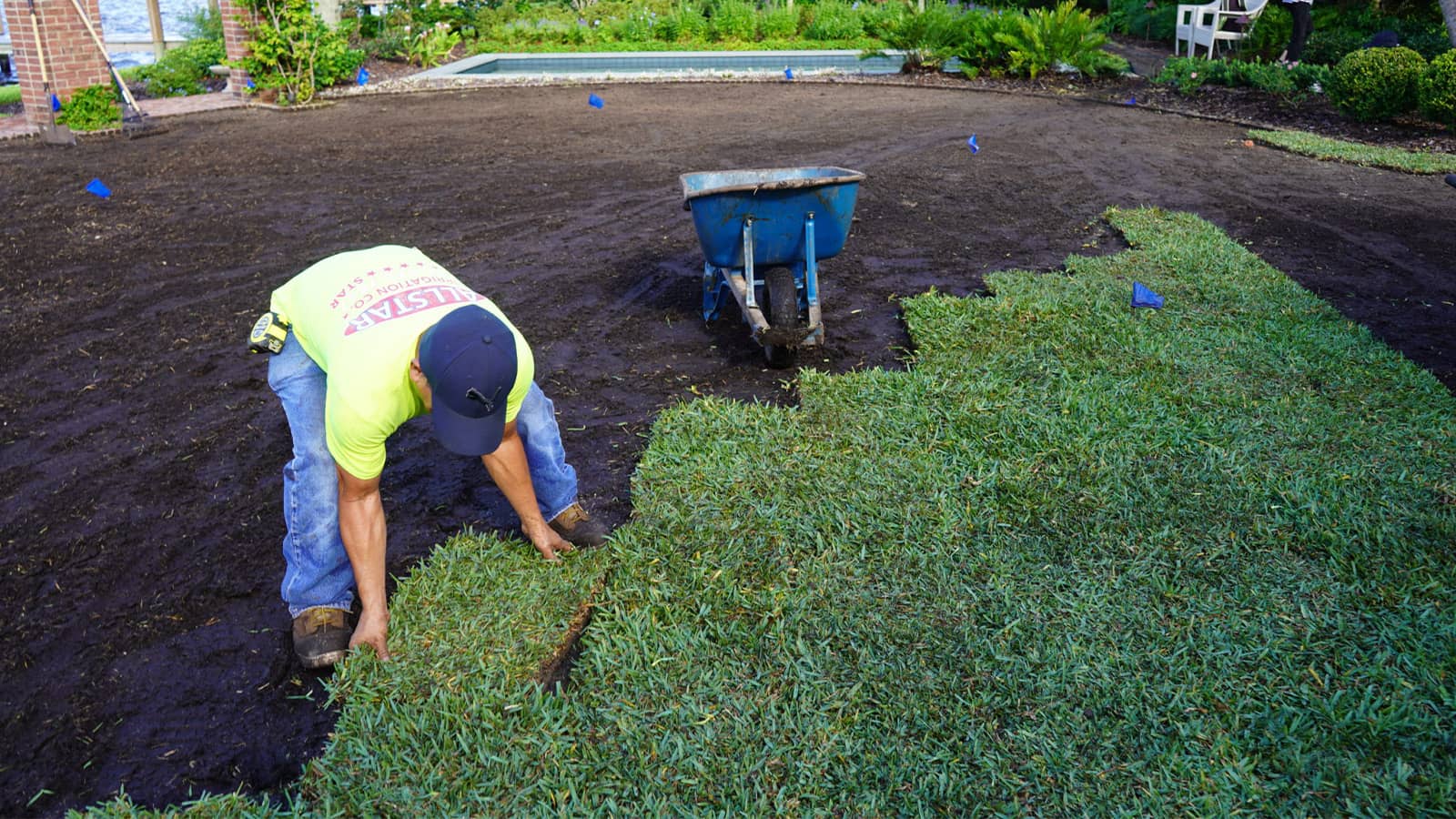
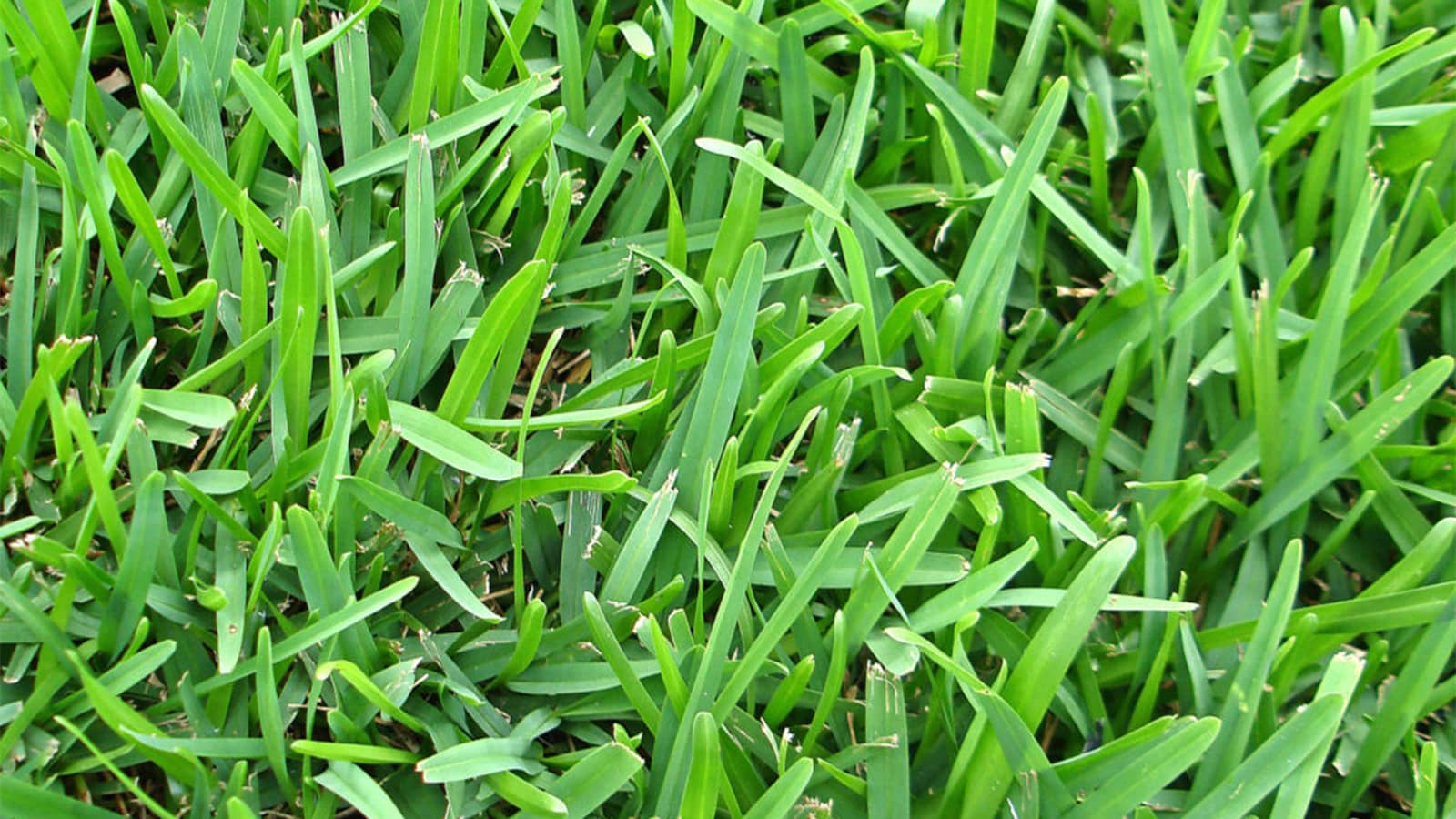
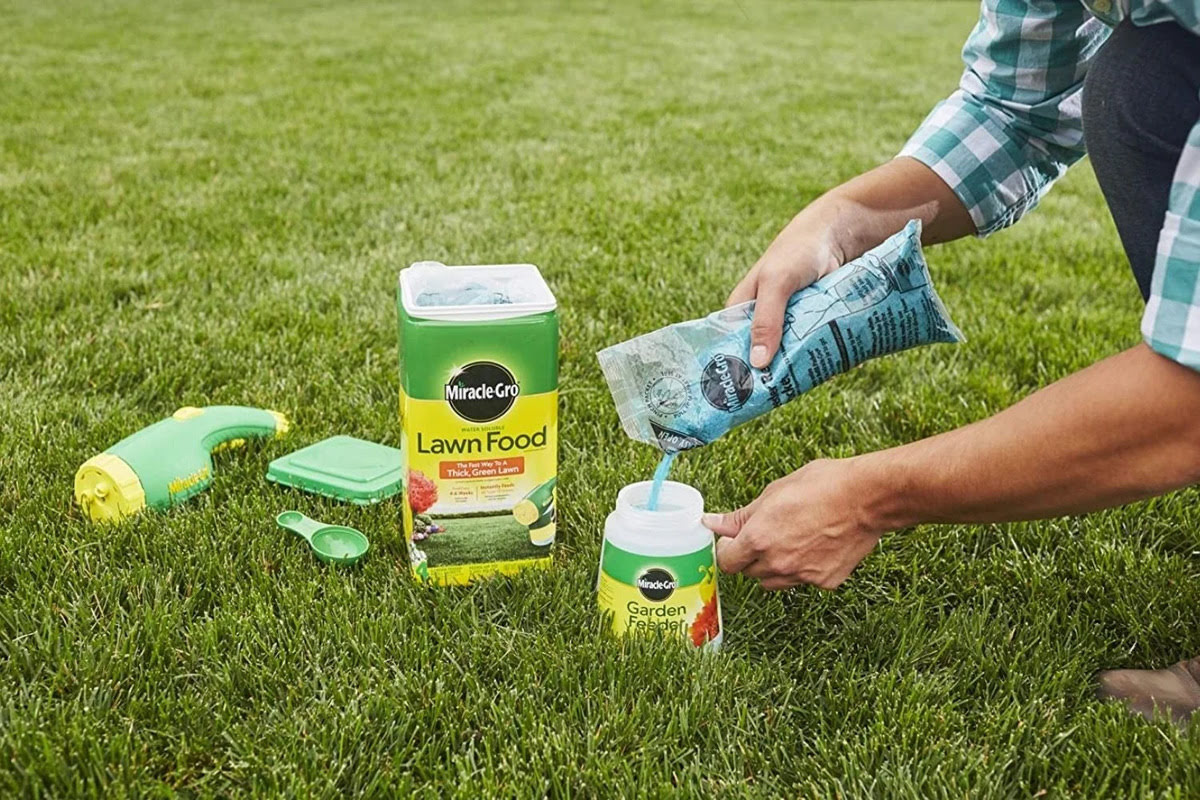
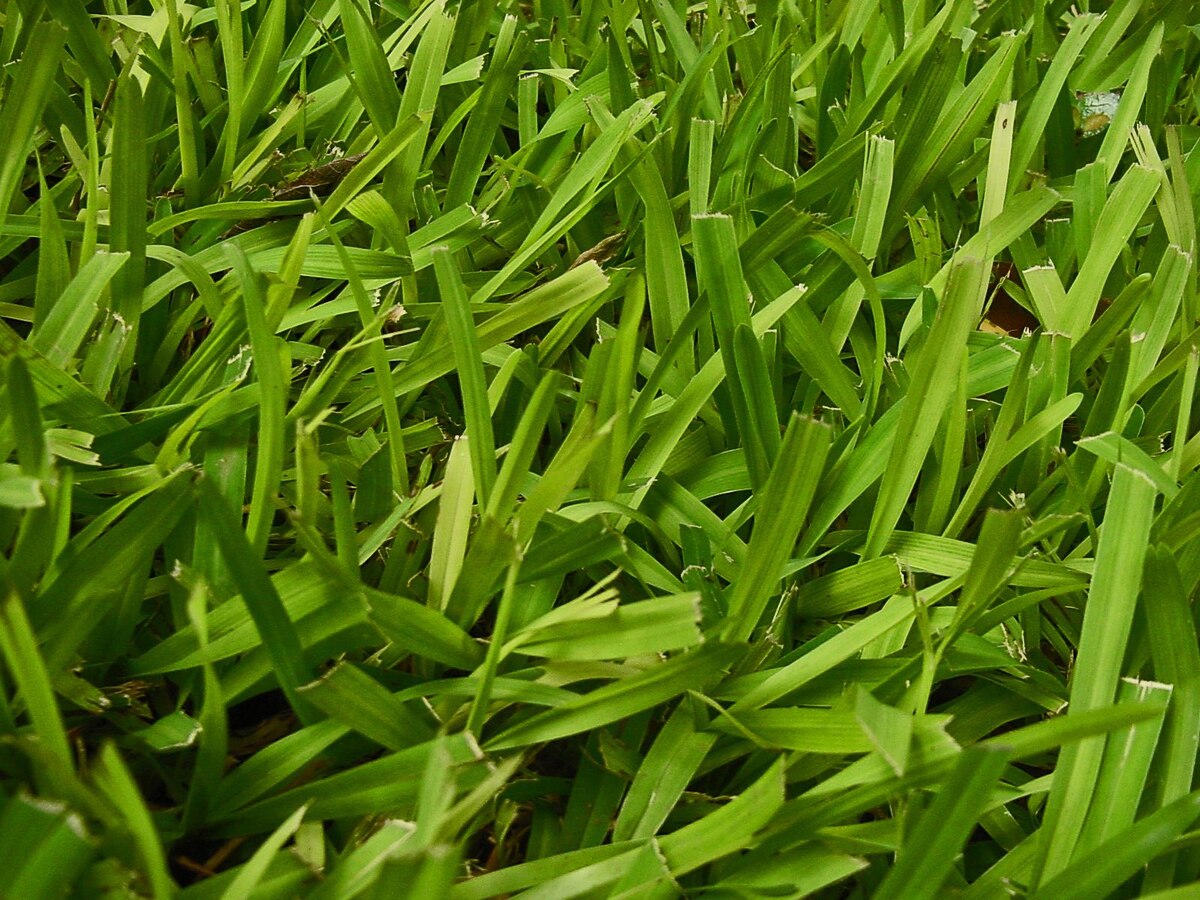
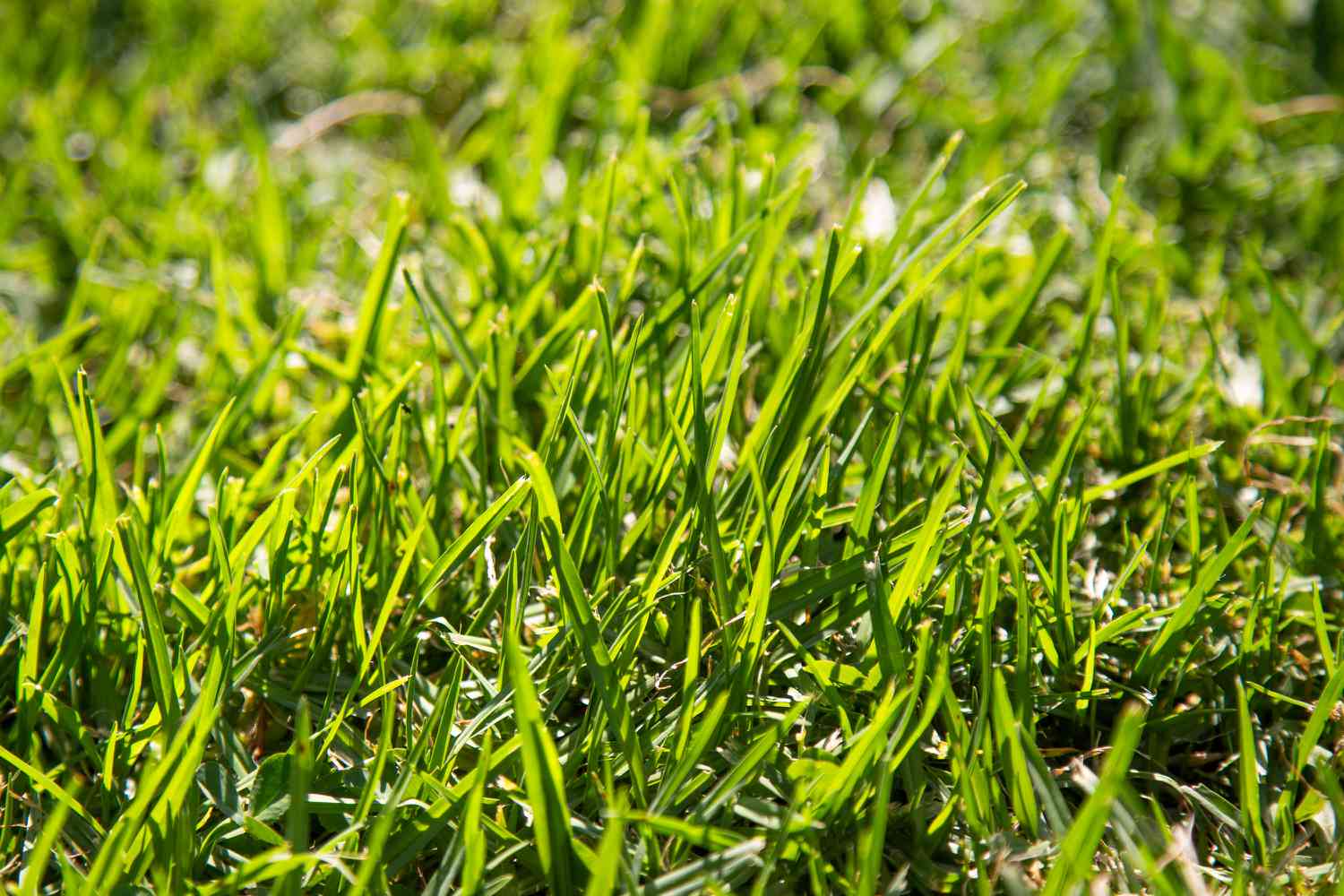
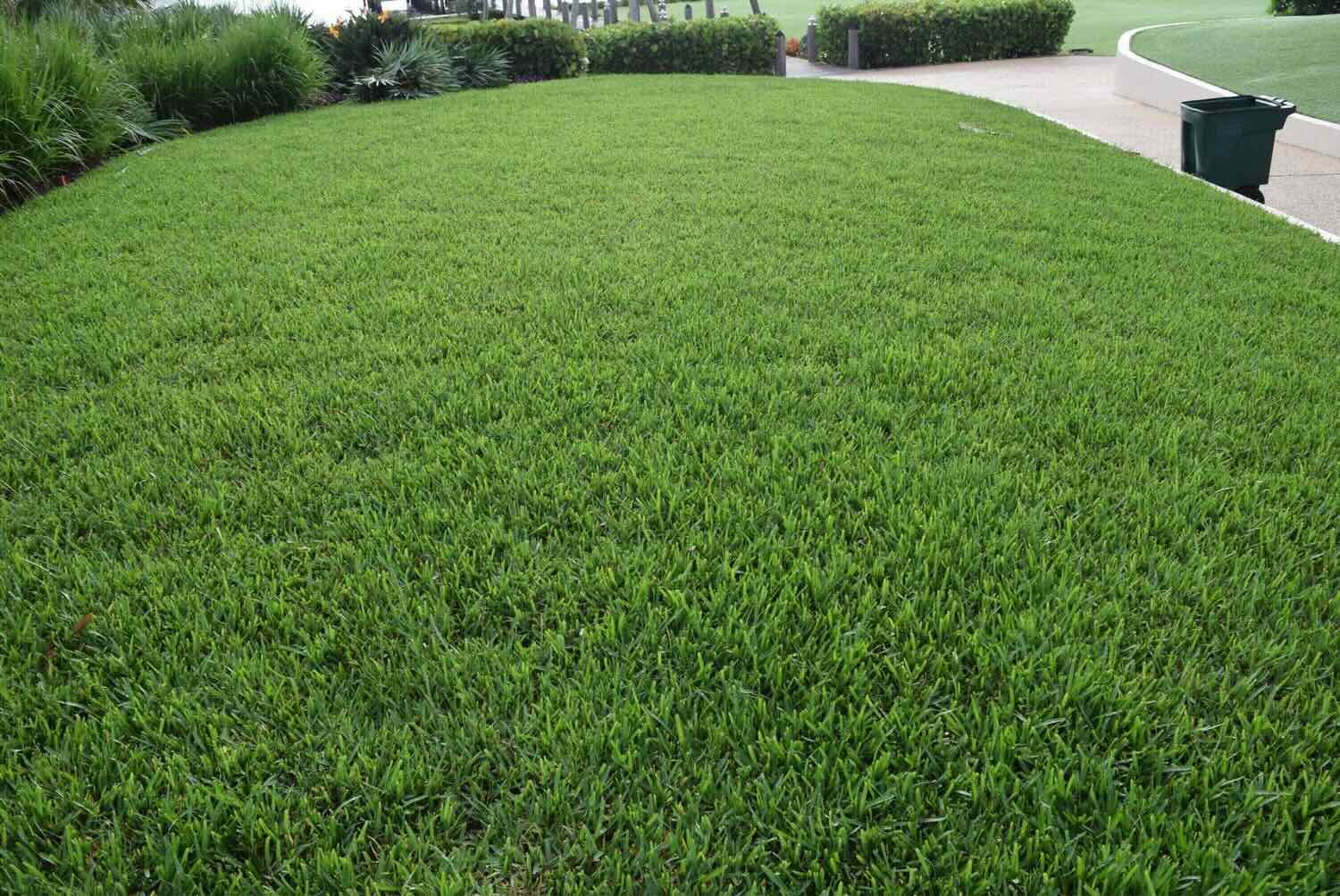
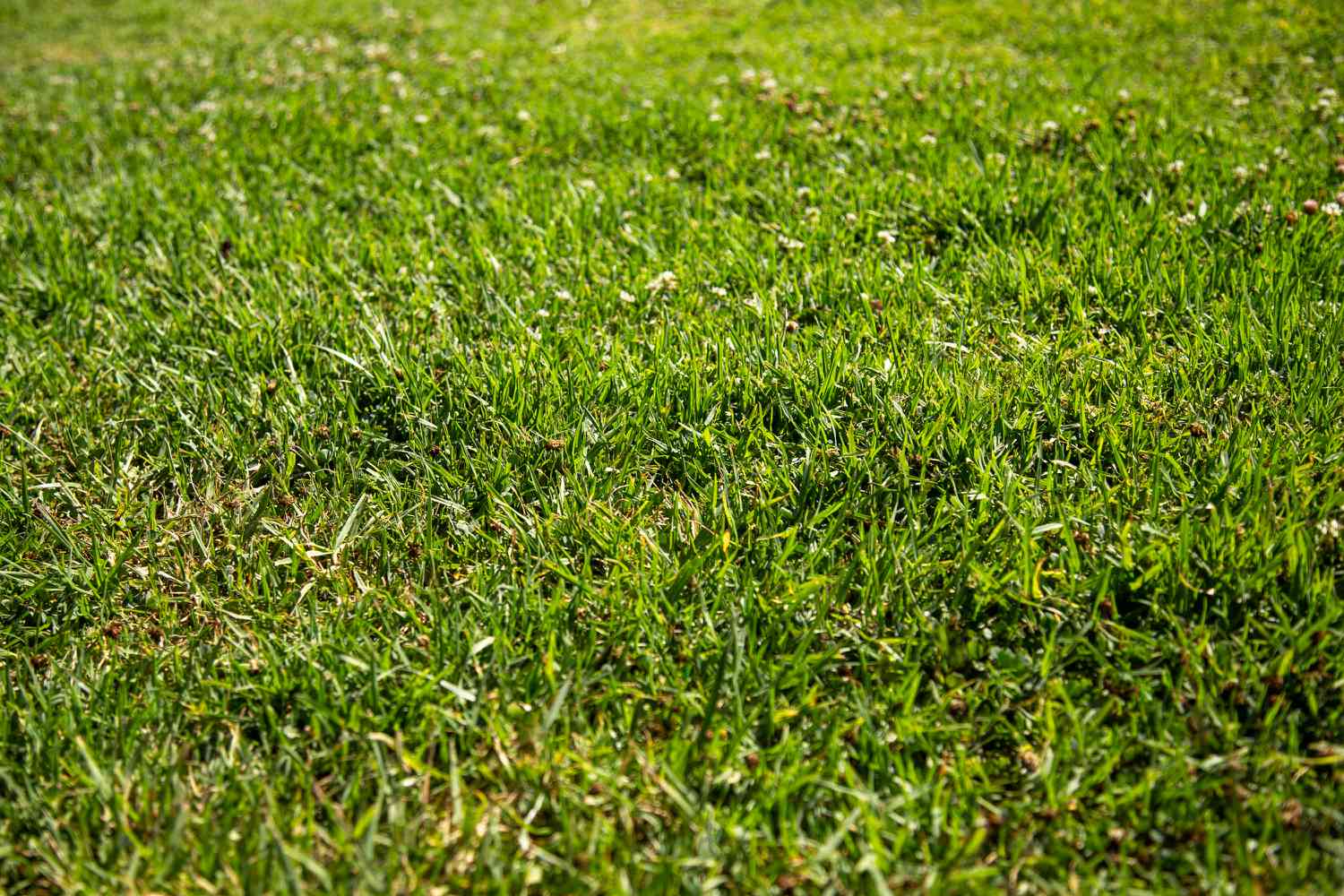
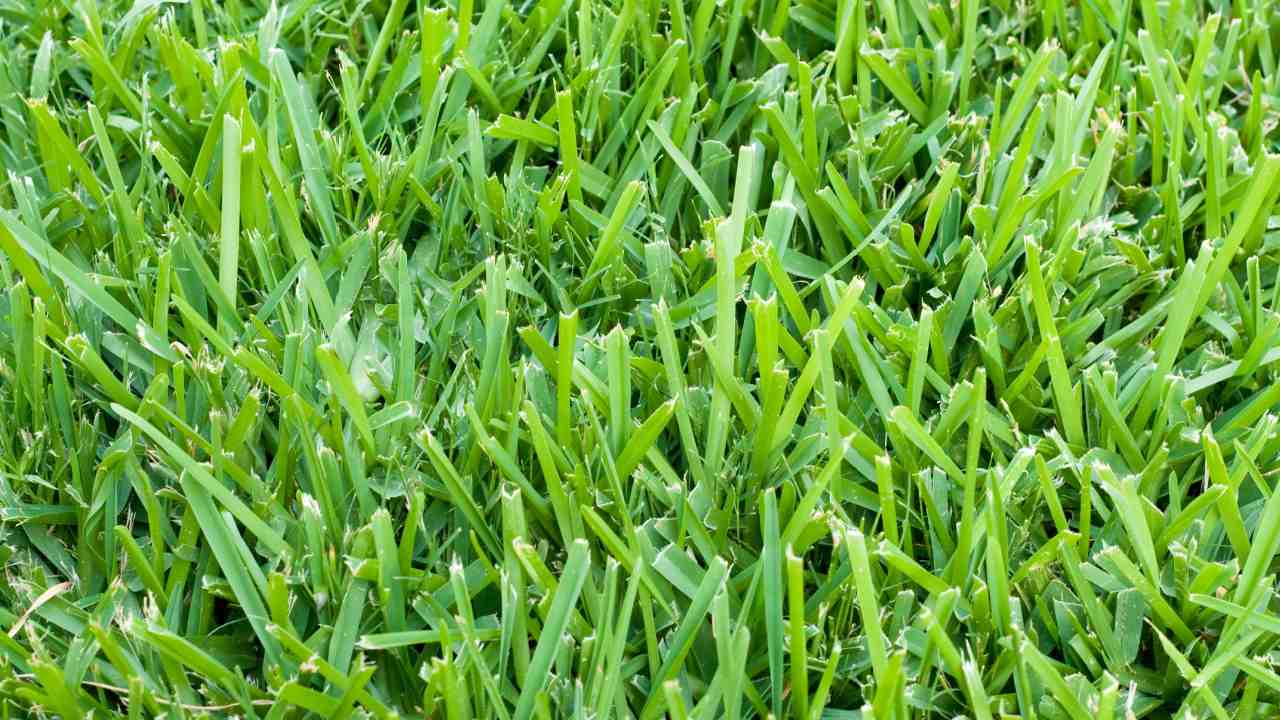
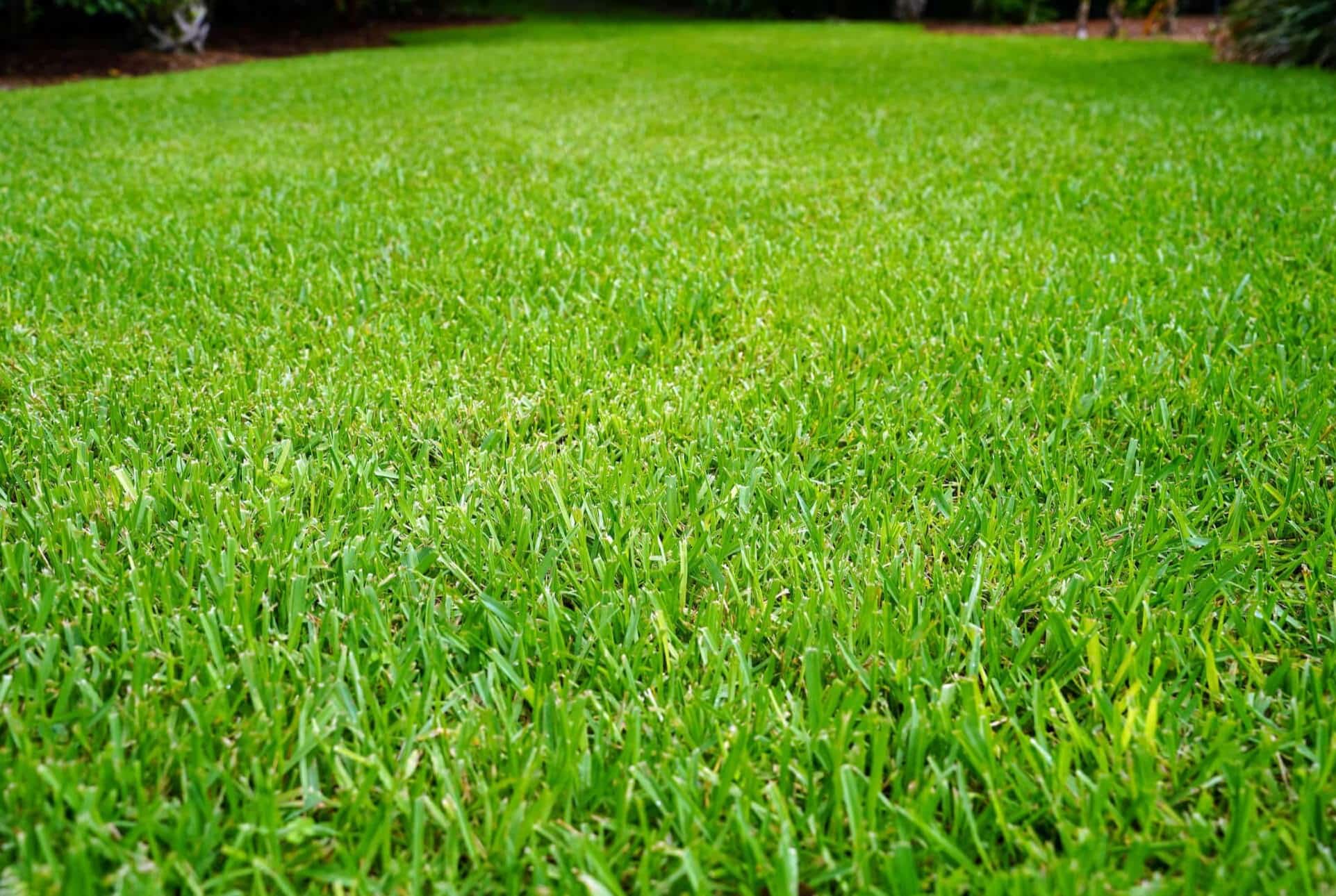
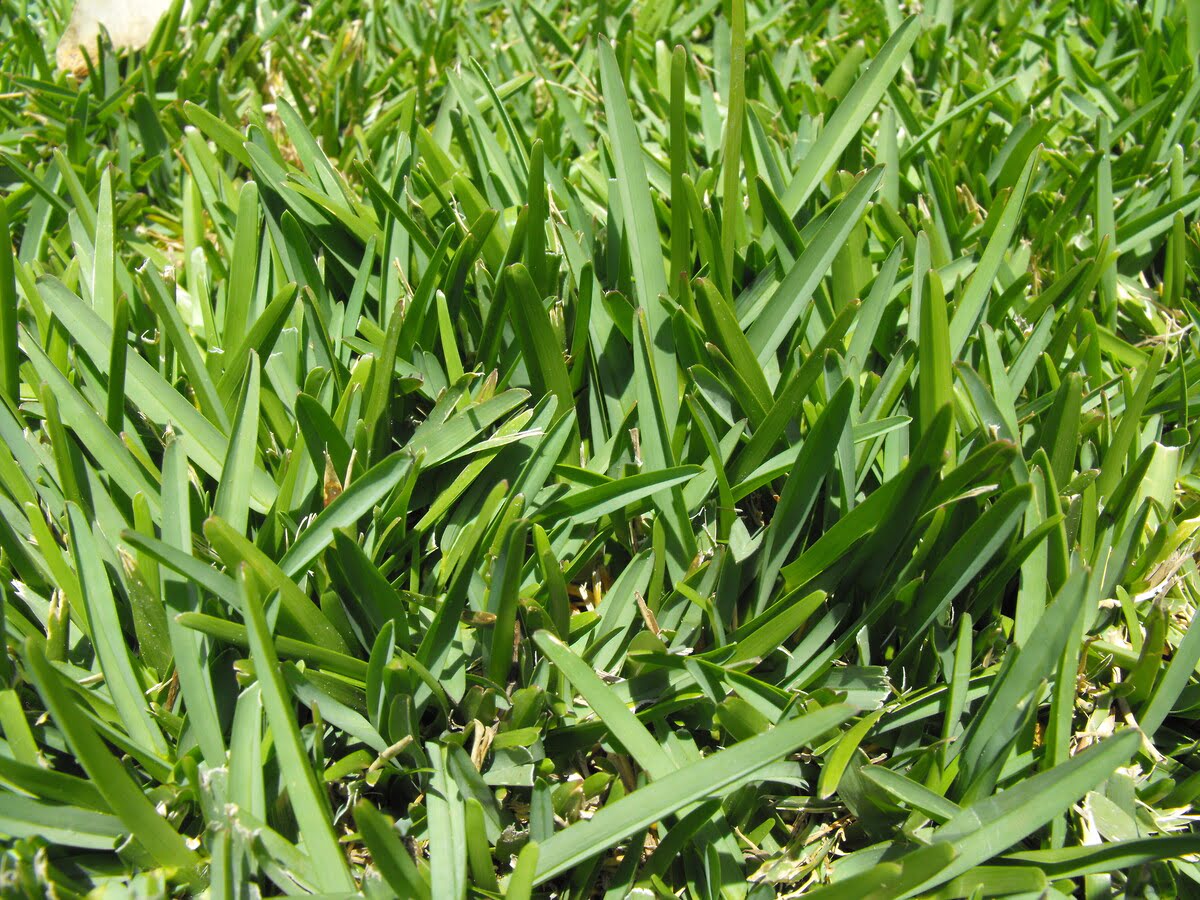
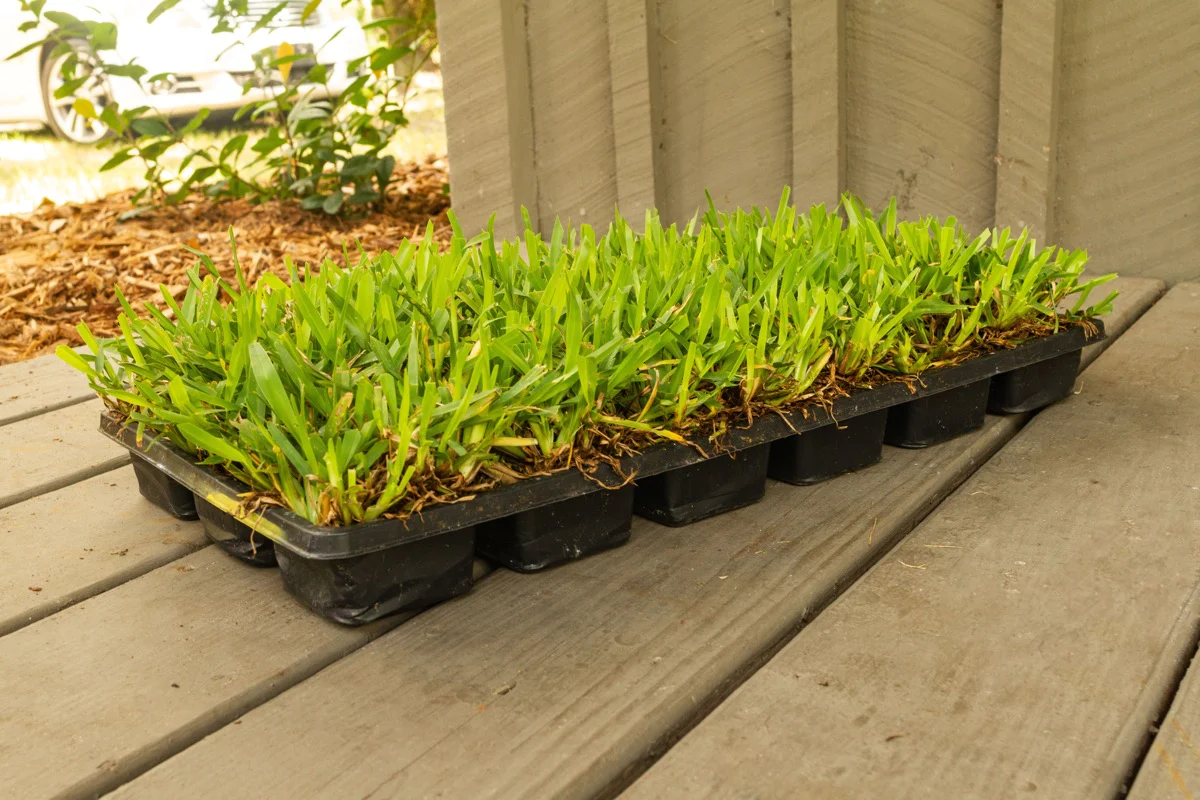
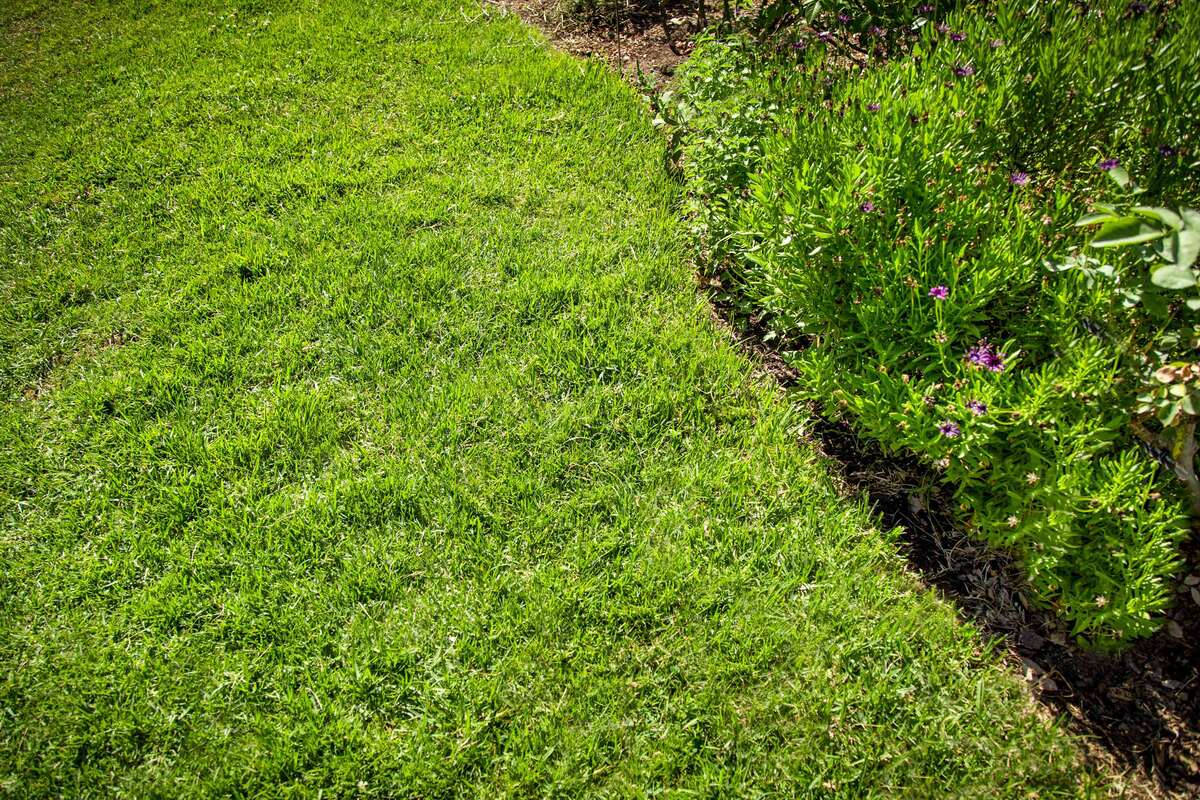
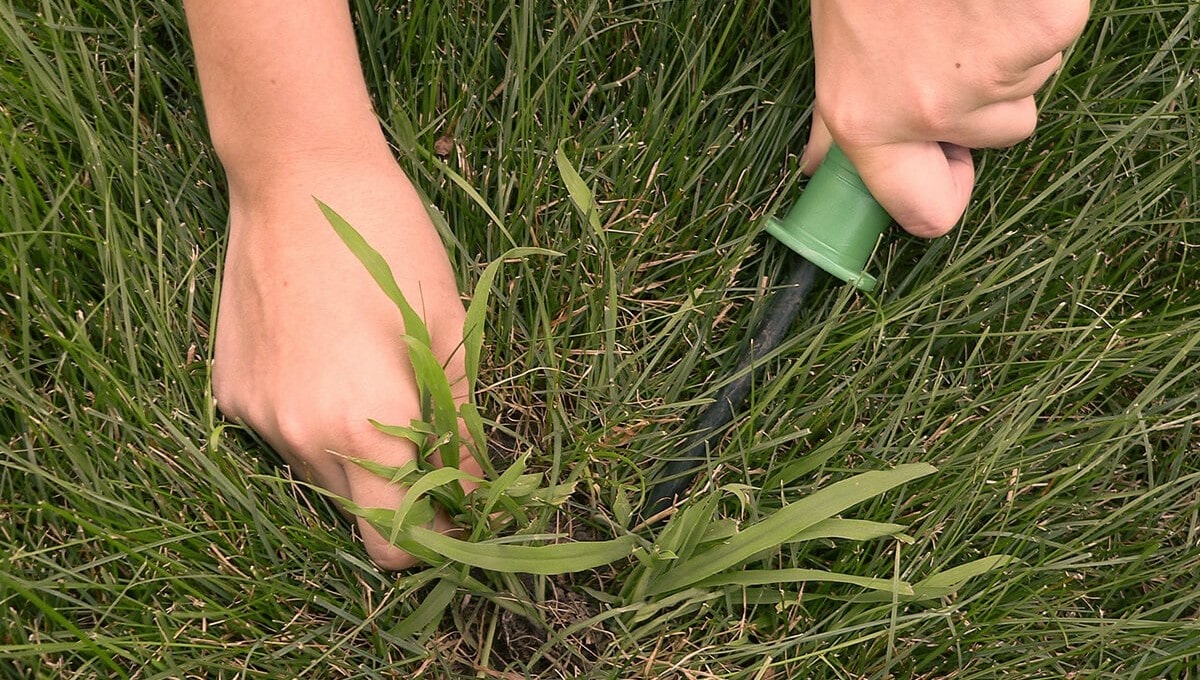
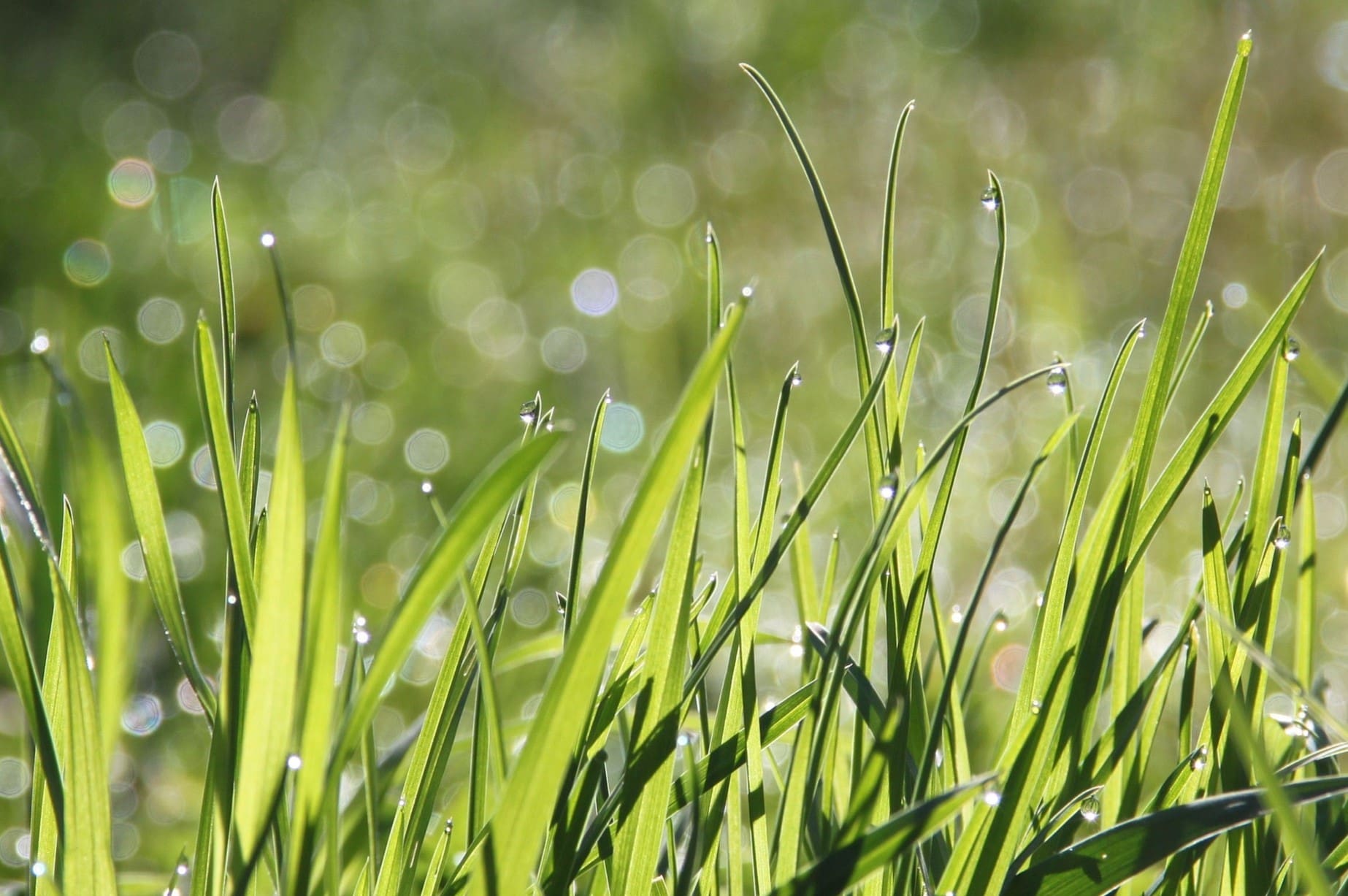

0 thoughts on “What Makes St Augustine Grass Turn Yellow”